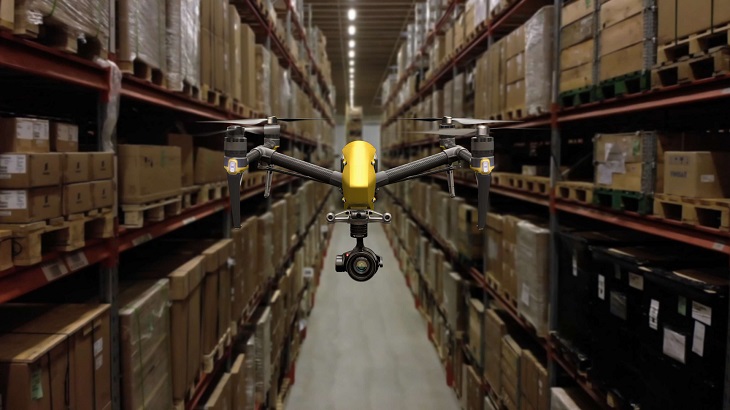
STOCKHOLM — Ericsson announced Monday the commercial availability of its Standalone 5G New Radio (NR) software for 5G mid- and low bands, which allows communications service providers to operate 5G NR independently of 4G networks.
To date, 5G networks have been deployed in Non-standalone (NSA) mode where the underlying 4G network layer supports the necessary signalling. Standalone 5G NR removes this 4G dependency, explains the news release.
The new Ericsson software will allow service providers to add 5G NR to existing 4G sites with a simpler architecture, or deploy 5G independently in new areas such as factories, to support enterprise applications and services. With Standalone 5G NR, faster network connection times, simpler mobility management and immediate access to wide 5G bands provide an even better user experience, says the release. All Ericsson Radio System equipment deployed since 2015 can support Standalone 5G NR capabilities with a software installation.
Standalone 5G NR will enable applications that require low latency, such as augmented and virtual reality (AR/VR), smart factories and connected vehicles. A Standalone 5G NR device can connect six times faster to a Standalone 5G network than a device operating in NSA mode, according to the release. (Pictured is a drone used for inventory in a 5G connected factory.)
T-Mobile and Telstra have trialled the Ericsson Standalone 5G NR software on their commercial networks, and Ericsson says it has completed Standalone 5G interoperability with key ecosystem partners. Standalone 5G devices are expected to become available later in 2020, Ericsson says.
Rogers, Bell and Telus have all announced previously they are using Ericsson equipment in their 5G networks.



